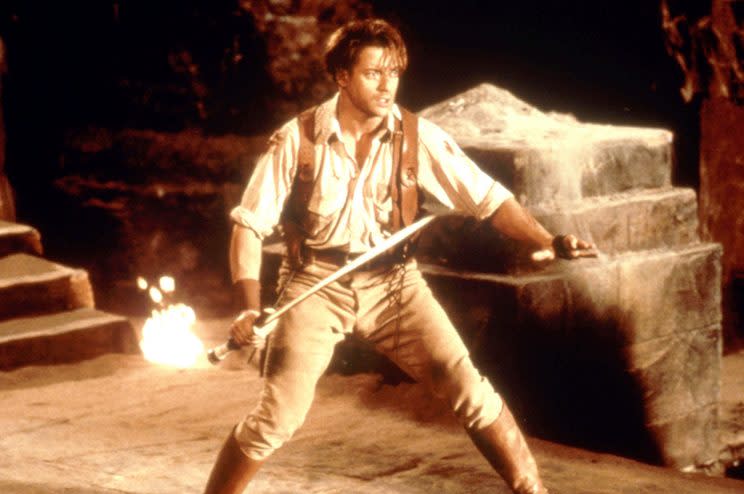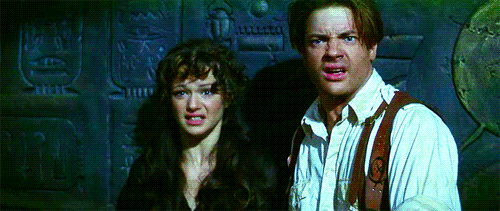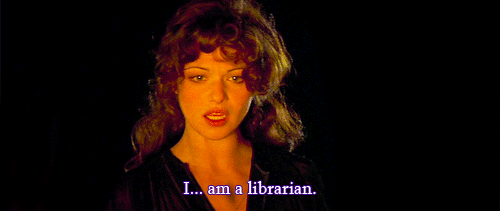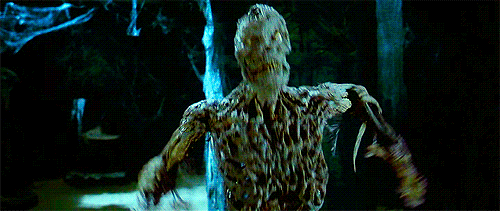Brendan Fraser in 1999's 'The Mummy': Remembering Its Popcorny Pleasures

The big question for this Friday’s release of The Mummy isn’t really whether headliner Tom Cruise can defeat Sofia Boutella’s resurrected Egyptian princess — it’s whether his film can best Brendan Fraser‘s. For many movie fans, Cruise’s new film, set to launch Universal’s “Dark Universe” series featuring the studio’s famous monsters, will be measured against Fraser’s turn-of-the-century take on the 1932 horror classic. That 1999 Stephen Sommers effort, like the new one, took a more action-oriented approach. It stands, almost two decades after its release, as a first-rate old-school popcorn extravaganza of the early CGI era.
No doubt the reputation of Sommers’ The Mummy has been slightly besmirched by the diminishing returns of its two sequels, 2001’s The Mummy Returns and 2008’s The Mummy: Tomb of the Dragon Emperor (the latter of which saw Maria Bello replace Rachel Weisz as female lead). Eighteen years after its debut, however, Sommers’ film stands as a boisterous marriage of swashbuckling adventure and outsized supernatural horror that’s equal parts Indiana Jones and the stop-motion magic of Ray Harryhausen. It’s a sprawling lark that reveres its cheesy monster myth, revels in romantic wordplay and slapsticky comedy, and indulges in large-scale heroic action to its heart’s content.
At the center of its maelstrom is the charmingly semi-serious Fraser as Rick O’Connell, a dashing American in the French Foreign Legion, a soldier-by-way-of-treasure-hunter. With the hunky physicality, square jaw, and rugged good looks of a matinee idol, and yet with a constant habit of flashing smirky and/or bug-eyed expressions at every sign of danger (or conflict), the actor embodies his hero — at once cocksure and clownish — as a three-dimensional cartoon.

That’s also an apt description of 1999’s The Mummy as a whole, with Sommers striking a suitable balance between respect for his tale’s signature spooky elements, and a good-humored desire to energize them via frenetic set pieces and jokey repartee. Much of that comes from Rick’s back-and-forth with Weisz’s librarian Evie Carnahan, a brilliant, brave beauty who’s also an endearingly klutzy nerd. But it extends to just about everyone who factors into this saga, including Evie’s comic-relief brother Jonathan (John Hannah), a gaggle of boorish Americans, a British academic (Jonathan Hyde), and Beni (Kevin J. O’Connor), the traitorous figure who ultimately functions as the de facto Renfield to Arnold Vosloo’s risen-from-the-dead mummy Imhotep.

The plot is an expanded riff on 1932’s original The Mummy, focusing on Imhotep, an evil priest who was mummified centuries earlier for a forbidden affair, and who, upon awakening, proves determined to revive his lost love. That all comes about because Rick, Evie, Jonathan, and others wind up accidentally reading passages from the Book of the Dead shortly after opening up his sarcophagus to find his “juicy” skeleton lurking within. Before that can even take place, though, Sommers’ The Mummy spends considerable time establishing, and intertwining, its tale’s various players, all while interspersing its character introductions and set-ups with shootouts, daring escapes, and flights from peril that, in total, help keep it moving, in a light and brisk way.
Working from his own screenplay, Sommers delivers just about everything one might want from such a jaunty spectacular. Underground tombs with collapsing passageways. Duplicitous accomplices eager to backstab their compatriots. Mysterious Egyptian warriors. Shining moons and burning suns illuminating vast, radiant deserts. Escapades aboard enemy-filled boats and cars. Treks across the Sahara on camelback. Undead ghouls stalking, scampering, and leaping after their prey. Sandstorms embellished with the faces of their magical makers. Coffins opening to emit fatal gases. Scurrying hordes of hungry beetles. Archive bookshelves toppling over like dominos. Roguish heroes hurling chairs at fleeing bad guys. And sexually charged banter carried out at a table covered in phallic firearms.
Oh, yes, and computer-generated effects that were pioneering at the time of the film’s release, but now look quaintly rudimentary, its environmental vistas boasting a high-tech matte-painting quality, and its bandaged villains — especially in cleverly choreographed climactic fights with Rick — resembling the fiends of Harryhausen’s fantasies. While The Mummy’s technology appears dated, Sommers’ otherworldly creatures and locales radiate affection for the imagery, and films, that came before and inspired them. Furthermore, the director’s use of his digital tools is inventive, with the action routinely providing ever-more-elaborate sights on the way to its breakneck finale.

Universal’s latest stab at reviving its dormant monster franchise inarguably features a bigger star at its center, more expensive and cutting-edge CGI in its centerpieces, and a grander ambition to kick-start an entire interconnected movie universe. Still, it’s difficult to imagine it being more amusing, imaginative, or purely entertaining than Sommers’ version, which refashions, and synthesizes, adventure and horror tropes into a larger-than-life spectacle that relishes its B-movie roots. For now, advantage Fraser.
Tom Cruise in ‘The Mummy’: Watch a trailer:
Read more from Yahoo Movies:

